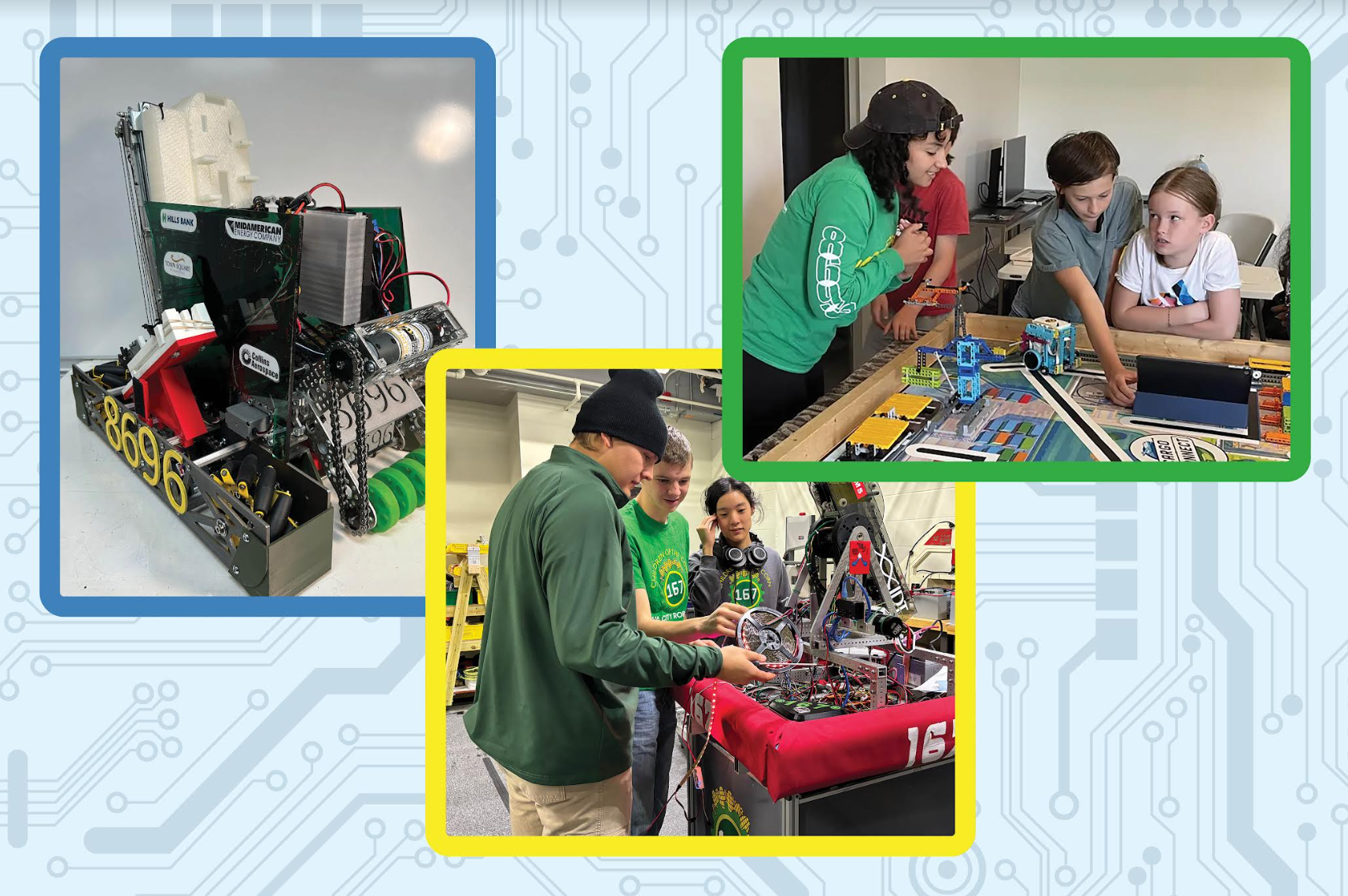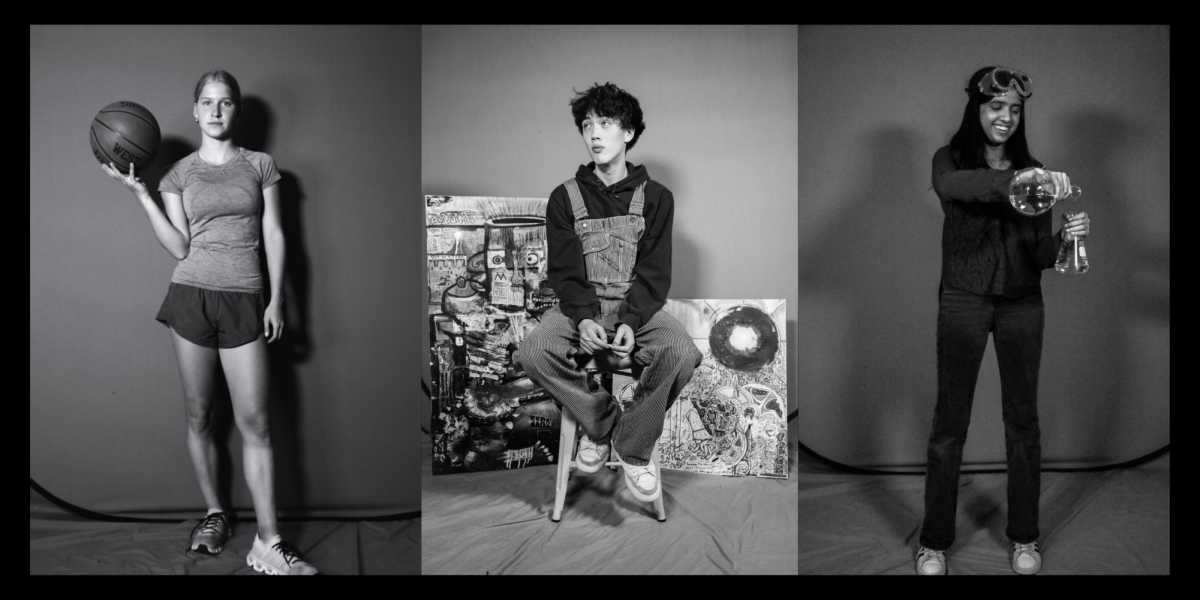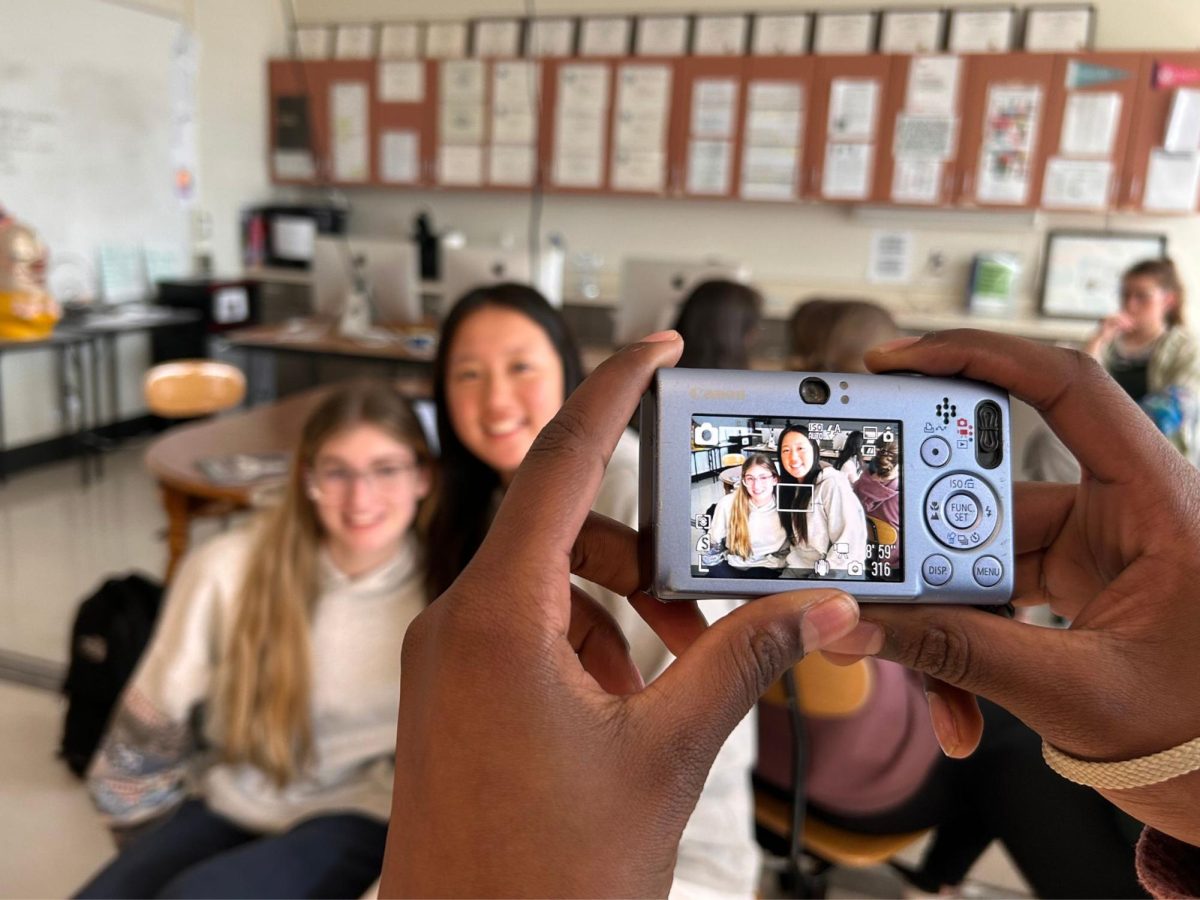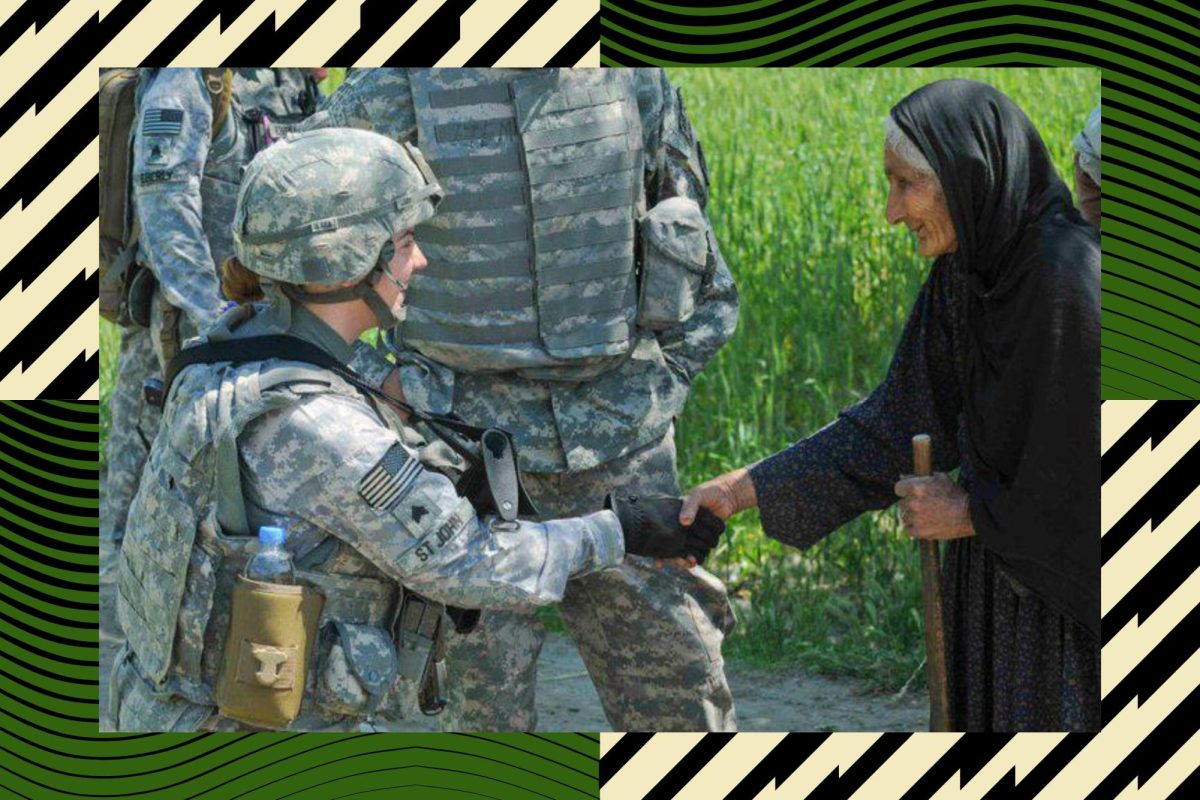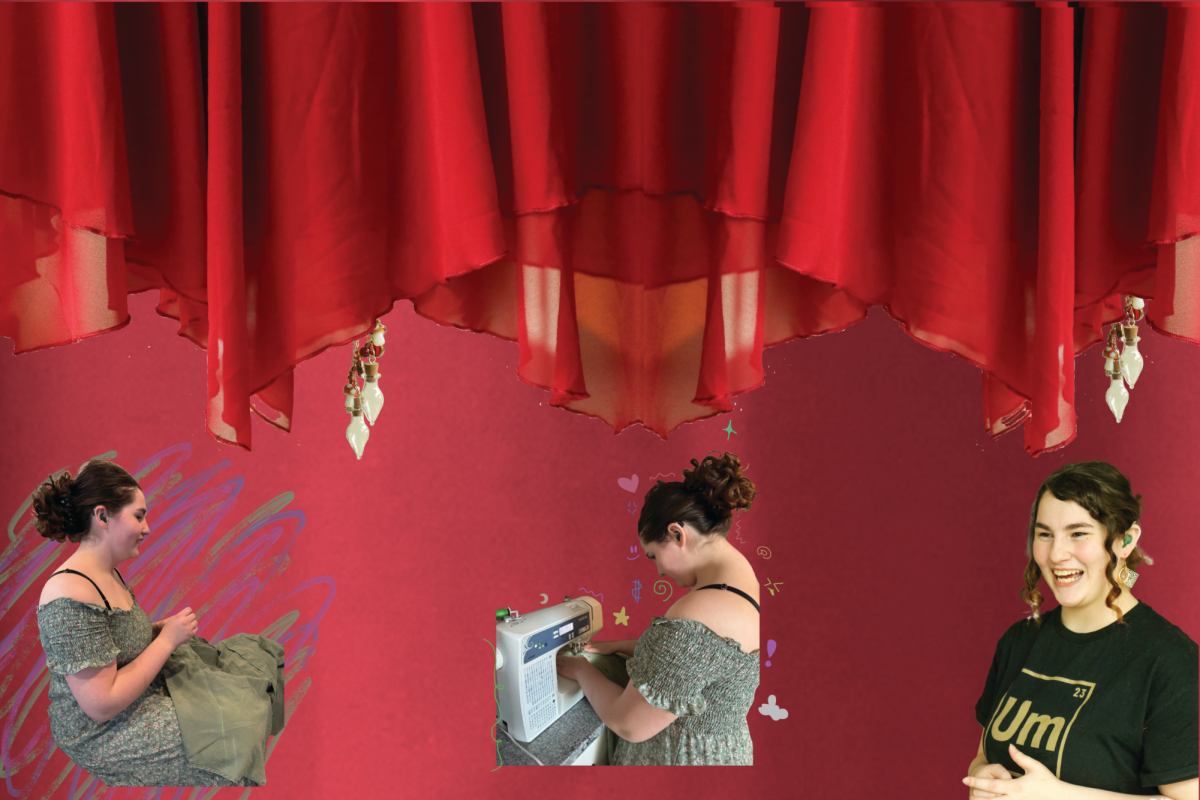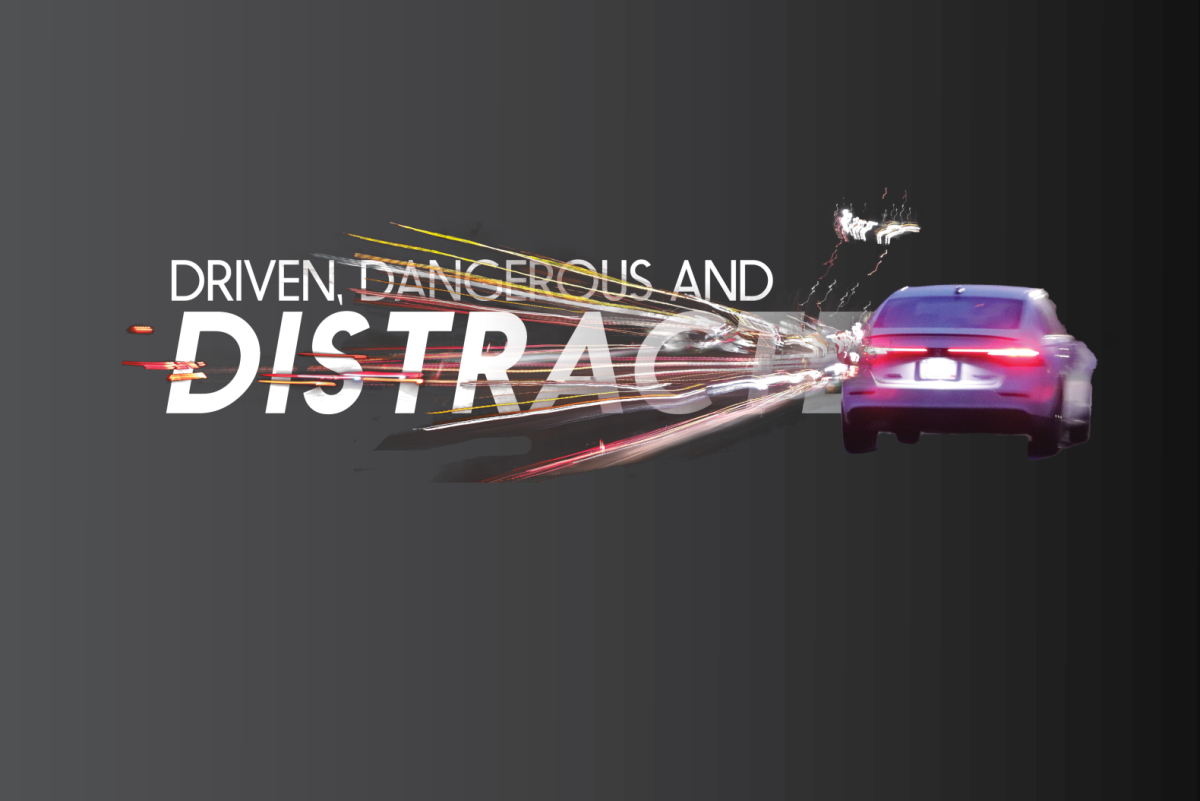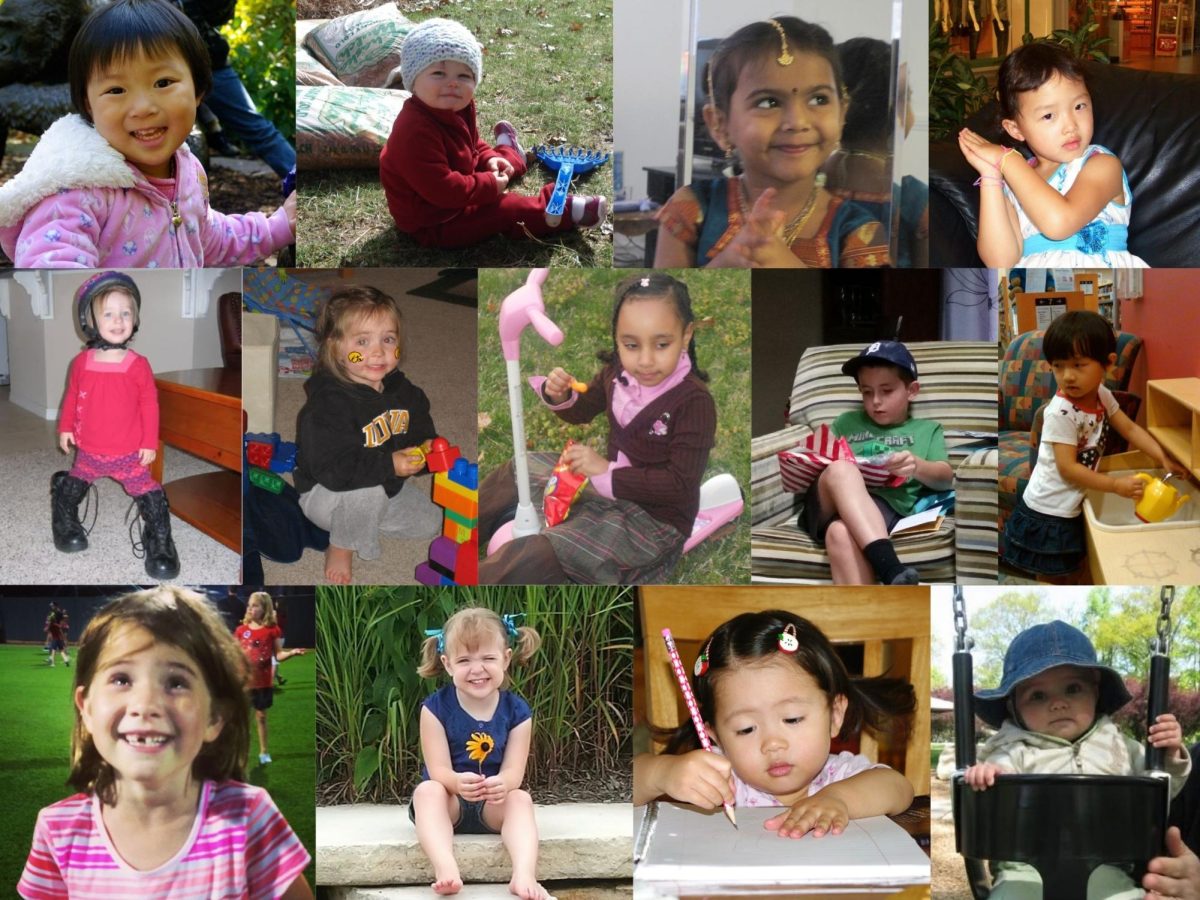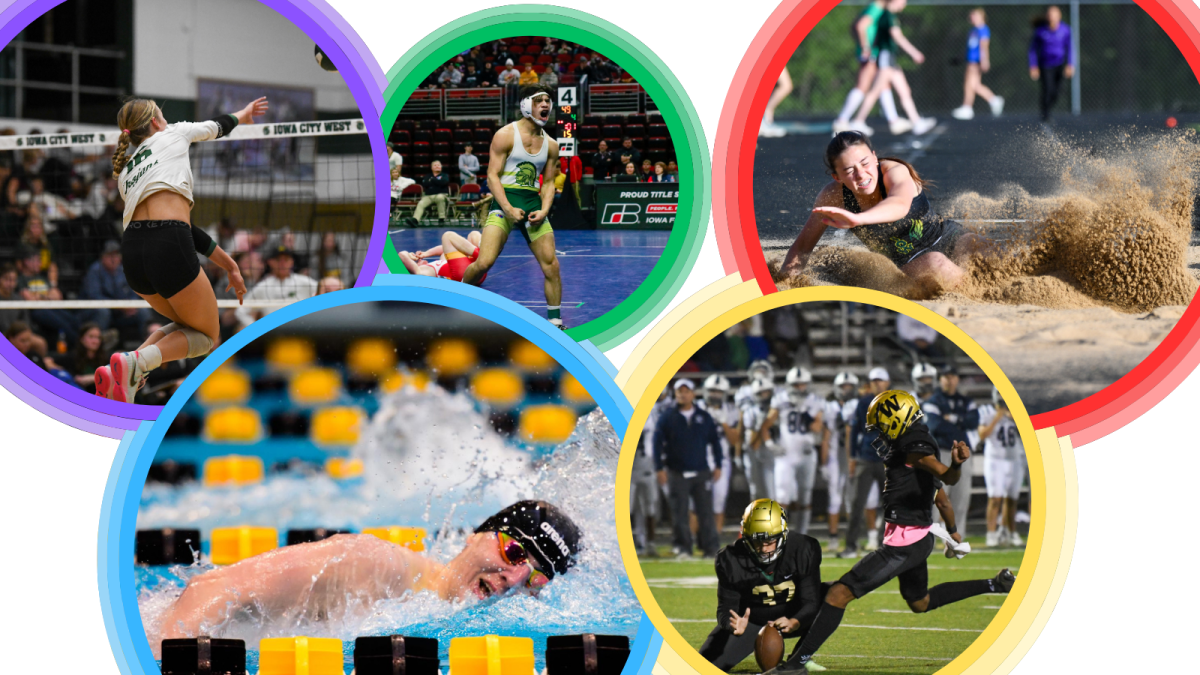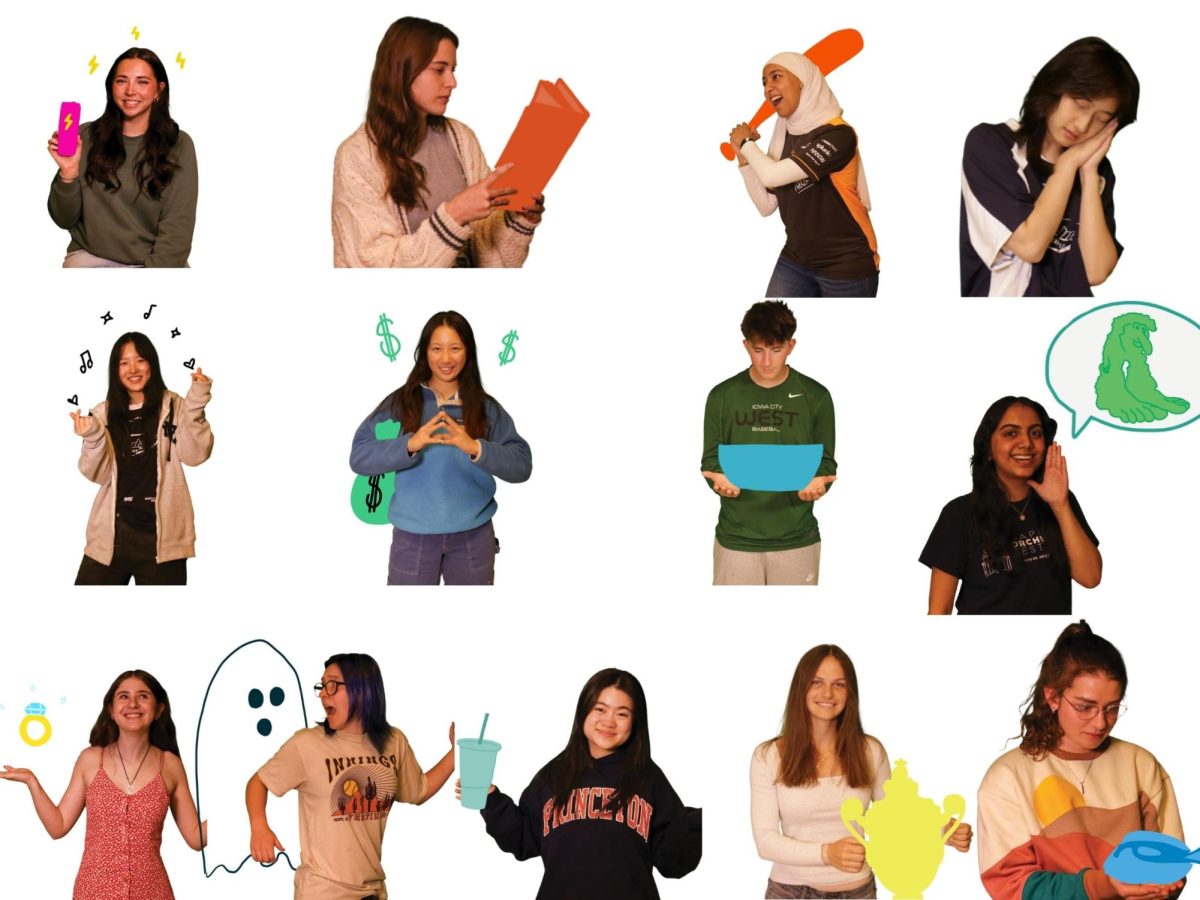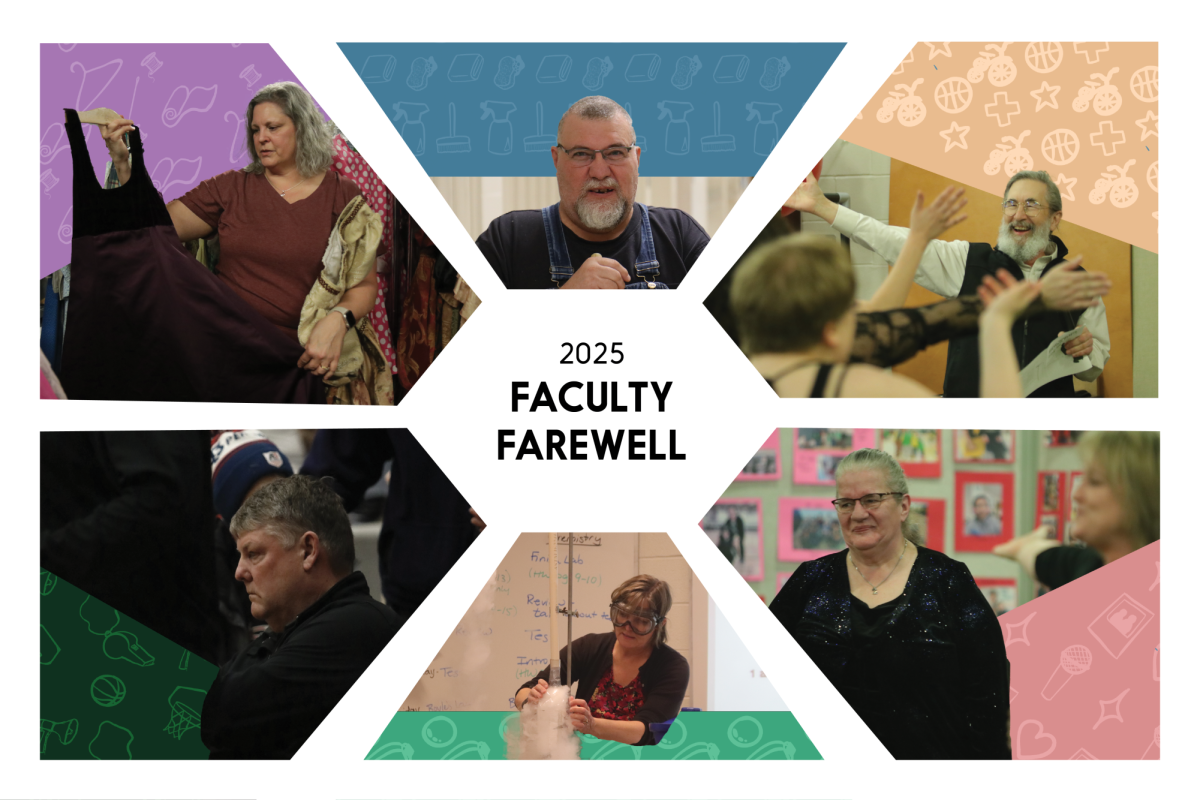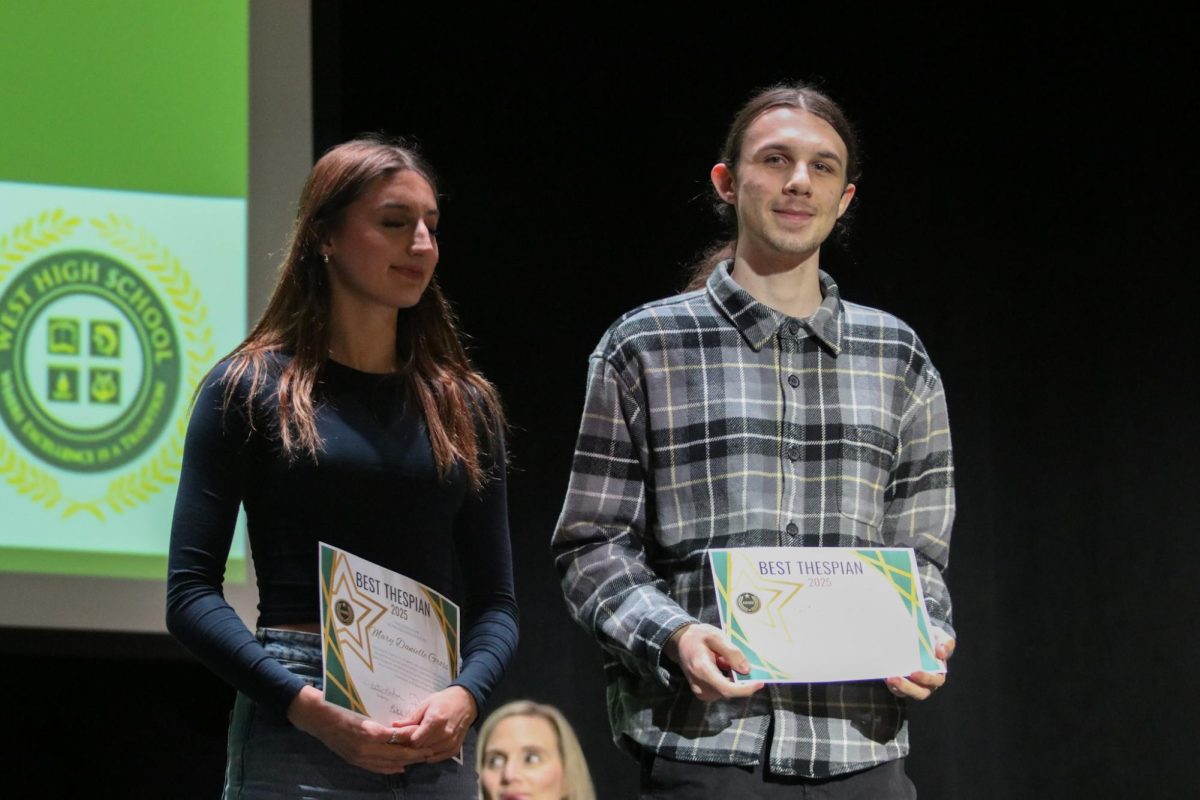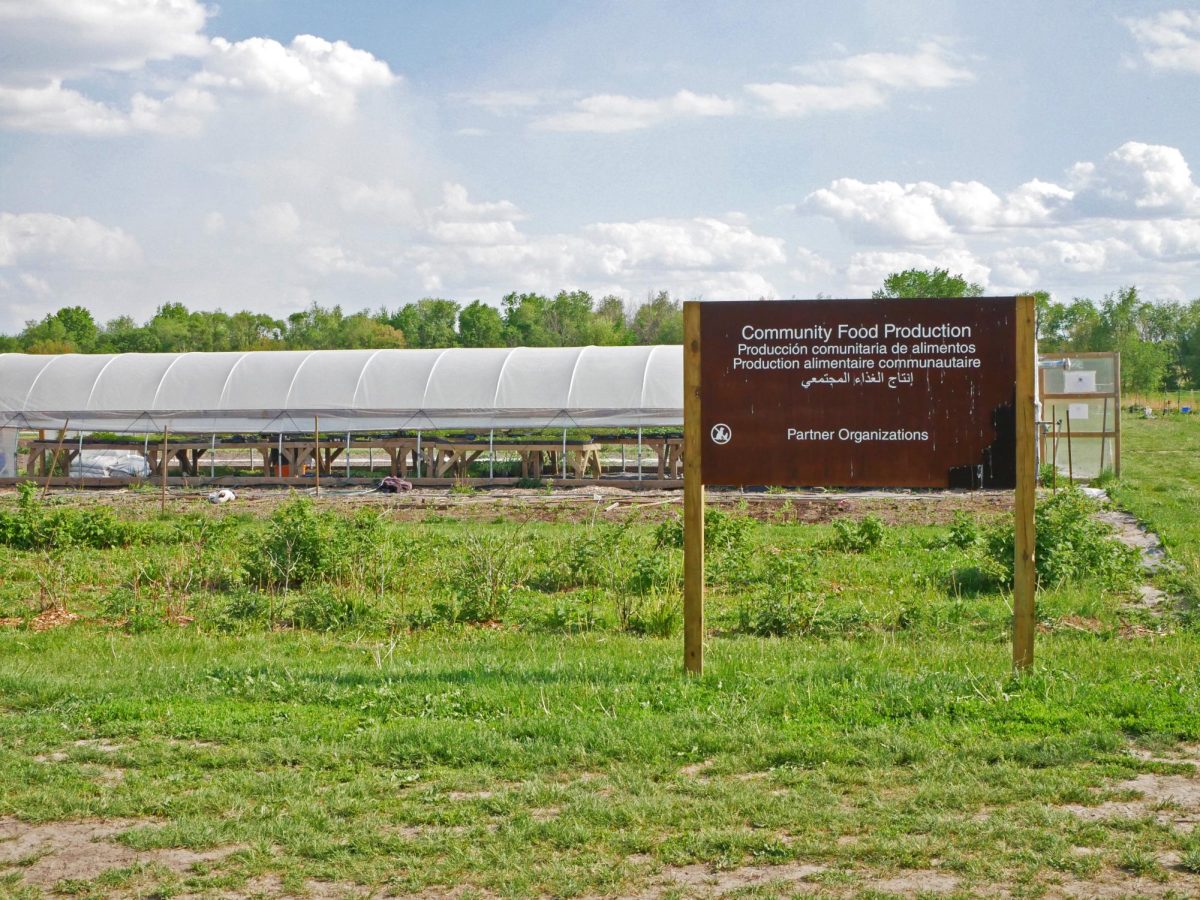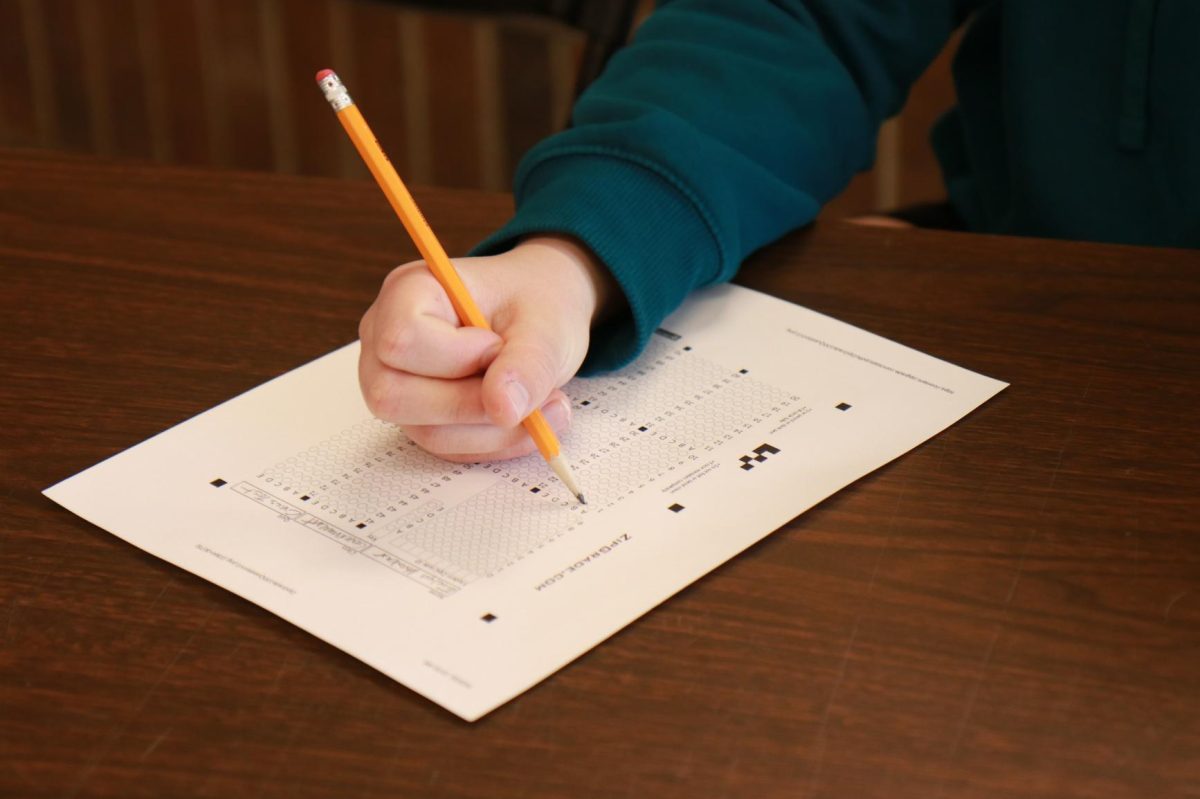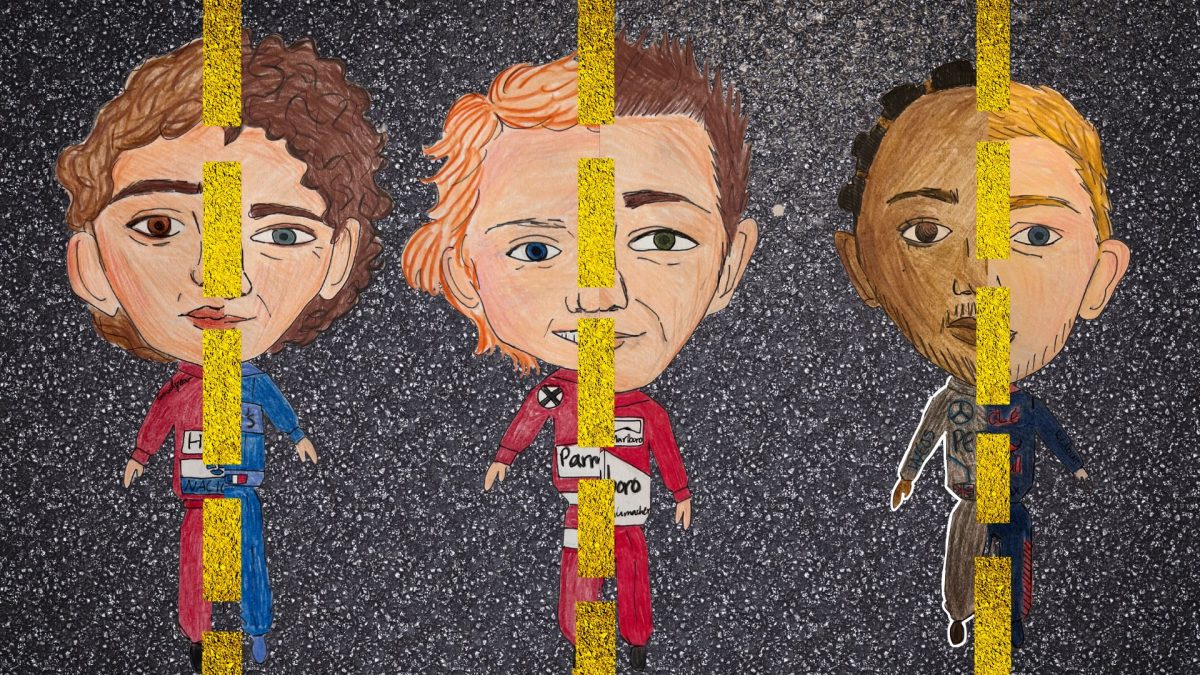The arena comes to life with a symphony of whirring gears and electronic hums; the whistle blows, signaling the start of another robotics competition. Drivers clutch their controllers, navigating between scoring elements and gliding under obstacles. Each maneuver is a testament to skill and strategy. Welcome to FIRST (For Inspiration and Recognition in Science and Technology), a nonprofit organization where innovation meets excitement in the world of robotics.
To foster enthusiasm for robotics and STEM among students across age ranges, FIRST is split into three competitive levels: LEGO League (FLL), Tech Challenge (FTC) and Robotics Competition (FRC). Each program features its own set of scoring criteria, advancement strategies and season competitions.
FIRST Tech Challenge (FTC)
West’s FTC team, Trobotix 8696, is competing in the season CenterStage. Robots are tasked with creating a mosaic using colored pixels on a board, launching a drone (paper airplane) and hanging on a truss. During the autonomous period, robots are programmed to operate independently to perform tasks, while in the teleoperation phase, human drivers control the robots to score colored pixels for points. In the endgame, robots score additional points by adhering to specific game rules.
As co-captain of Trobotix, Jinann Abudagga ’25 oversees the creation of weekly agendas and the management of the team’s four subsections: Strategy, Build, Programming and Business. Each subsection handles its respective roles, such as determining advancement criteria, designing and building the robot, programming the robot, and organizing outreach and the engineering portfolio.
“When I joined in the middle of the season freshman year, there was no leadership, and we didn’t get a lot done. As a leader, I try to keep everyone organized and have everyone’s opinion be heard. It helps us stay on track to reach our goals,” Abudagga said. “Without working together as a team, the robot would not get done; the key way to do that is to communicate.”
At the Horace Pippin League Tournament Jan. 20, Trobotix won First Winning Alliance Captain for the best robot performance and 1st place Inspire, the highest judging award. Inspire is given to the most well-rounded team in terms of robot functionality, engineering design process and community outreach. Despite advancing to the State Championship March 1-2 at the Xtreme Arena, Trobotix has faced many challenges along the way.
“Problems are a part of the engineering design process. You’re never going to solve a problem immediately without failure,” Abudagga said. “So we expect failure and learn from failure, and we think failure is important in order to learn.”
Besides problem-solving, a significant aspect of FIRST is community outreach to promote robotics and STEM education. Trobotix, for instance, constructs paper airplanes as an interactive method to teach students about the engineering design process.
“We went to four elementary STEM nights to recruit kids for FLL, show them our robot and [help them] gain interest in robotics. We went to our local Children’s Museum, the Jazz Fest and the Red Shoe 5K & Run to do the same,” Abudagga said. “We’ve also mentored at a local FRC camp with FLL bots to get kids interested in FLL. We started two FLL teams at Weber this year because a bunch of kids were interested, so we gave them the opportunity to compete.”
Although Trobotix achieved its two main goals for the season — creating a Computer-Aided Design (CAD) for the robot and winning Inspire — they hope to advance to the World Championships following State. In addition to setting goals, Abudagga reflects on the technical, leadership and communication skills she’s learned from FTC.
“I enjoy challenging my mind and trying to think outside the box to solve problems. I’ve always known I really liked STEM, but robotics helps me enjoy STEM even more,” Abudagga said. “I’ve always known I wanted to go into engineering, and robotics helped reinforce that. Everything we do in FTC is something you would have to do in an engineering job, so it helps me get ready for my future.”
Abudagga recommends everyone, regardless of their programming or building experience, to join robotics.
“If you have interest in it, come and try it out before you find it intimidating because everything’s intimidating when you first start off,” Abudagga said. “At first, I was like, ‘I don’t know if I want to do this,’ but I stuck with it. I really enjoyed it and learned as time went on.”
FIRST Robotics Competition (FRC)
FRC Children of the Corn 167 is a community-based team where members, such as Ben Kleiman ’24, attend the Kirkwood Regional Center for meetings. In the FRC season’s game, Crescendo, FRC has a similar match structure to FTC: autonomous, teleoperation and endgame. Teams aim to score rings, called “notes,” in two locations, the “speaker” or “amp.” Additional points are earned by the robot scoring extra notes, cooperating with an alliance team or hanging on a chain at the end.
Along with mechanisms related to this year’s game, the team is working on various long-term projects off-season. For example, Children of the Corn is creating a novel swerve drive system to increase efficiency when maneuvering the robot.
“We’re switching to a drive system called a swerve drive, [where] the wheels are omnidirectional, meaning you can move in any direction at any point in time,” Kleiman said. “That’s really difficult to do, both from a hardware and software perspective, because there are a lot of encoders and signals to make sure you’re doing accurate turns.”
Kleiman highlights the critical role of coaches and mentors in contributing to Children of the Corn’s progress and success.
“[Our coaches and mentors] have participated in FIRST activities, so they always know what the correct solution [to] our problems is. They are extremely helpful in creating opportunities for us to show off our robot and the outreach that we do on the team,” Kleiman said. “You get to be in the same room as people that are experts in STEM, and that’s always really exciting.”
While FIRST values technical skills, Kleiman notes that soft skills are equally important when developing a successful team, such as fundraising, marketing and writing for award submissions.
“People that aren’t necessarily interested in [technical skills] can still find a home in FRC,” Kleiman said. “While I think that if you’re interested in math and computer science, you should be in robotics, if you aren’t, [that] shouldn’t push you away because there’s a large amount of diverse skill sets needed to make an entire team run.”
Similar to FTC, FRC is heavily involved in community outreach initiatives in hopes of recruiting new members.
“We have over 150 children attend our summer camps. Afterwards, a lot of these kids say that this camp opportunity and exposure to these STEM ideas has led them to join their local FLL or FTC team,” Kleiman said. “Somebody that I taught how to program at our summer camp is now working with us and is on the team.”
Outreach initiatives, such as creating a Girl Scouts computing badge, help expand the scope of STEM to diverse groups of people in terms of gender, race and other facets of identity.
“Robotics club has the stigma of [comprising of] nerdy white kids. Doing outreach activities and expanding the horizons of STEM makes it more accessible for people of color in the future,” Kleiman said. “Something I will definitely take away from robotics for years to come will be the impact created from our [outreach] in STEM, and I definitely think that’s something people don’t think about when they hear a robotics team.”
Abudagga and Kleiman emphasize that diversity is crucial to the success of FIRST and the future of STEM, making participation in robotics a fulfilling experience for those hoping to contribute to innovation and problem-solving in STEM fields.
“Diversity of opinion is important in everything, [because] there’s never one way to solve a problem. The final project never ends up being [one] idea or [the other] — it always be ends up a conglomeration of all the different ideas and thoughts we’ve had in the process,” Kleiman said. “If you’ve been doing programming and engineering, you should do robotics. But [for] people who don’t have any experience in anything at all whatsoever, robotics is going to be the most valuable for them.”

